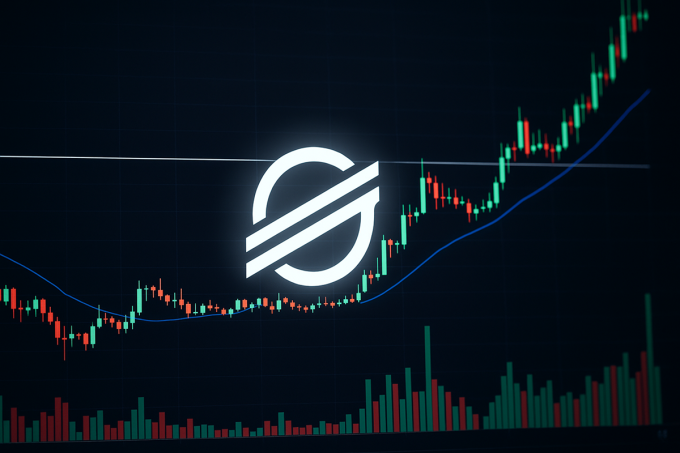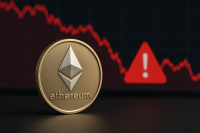Bitcoin’s 13% Flash Crash Wipes Out $5B in Leverage, but Data Shows It’s Not Unprecedented
In a stark reminder that volatility remains a core feature of the digital asset market, Bitcoin () plunged by 13.7% in under eight hours on Friday, falling $16,700 to a low of $105,000. The sudden downturn triggered a cascade of forced liquidations totaling $5 billion in crypto futures, exposing the fragile market structure that persists despite the institutional optimism brought by this year’s spot Bitcoin ETFs.
Historical Context: A Familiar Pattern of Volatility
While the speed and scale of the crash were jarring, a look at historical data reveals that such events are far from an anomaly for Bitcoin. Since 2017, there have been 48 separate trading days where Bitcoin experienced even deeper intraday corrections. The event pales in comparison to the 41.1% “COVID crash” of March 2020 and is even less severe than the 16.1% plunge on November 9, 2022, during the collapse of FTX.
Even in the post-ETF era, significant drawdowns have occurred, including a 15.4% crash on August 5, 2024. The data suggests that while institutional products have matured the market, they have not yet eliminated the asset’s inherent volatility, which is often amplified by internal market mechanics.
The Leverage Cascade: How the Crash Was Magnified
Friday’s event was a textbook example of a leverage-driven cascade. The $5 billion in liquidations was spearheaded by platforms like Hyperliquid, a decentralized exchange that alone reported $2.6 billion in forcefully closed long positions. The sell-off was exacerbated by failures in portfolio margin systems across several venues. As the price dropped, the value of collateral—much of which was held in illiquid altcoins that fell by 40% or more—collapsed, triggering automated deleveraging and forced selling.
This market stress was visible in the derivatives market, where Bitcoin perpetual futures began trading at a discount of up to 5% relative to the spot price on major exchanges. This significant discrepancy, known as a backwardation, signals extreme selling pressure and indicates that arbitrageurs and market makers were unable or unwilling to step in and normalize prices, likely due to thin liquidity and heightened risk.
A Market in Recovery Mode
The timing of the crash, occurring over a weekend and ahead of a U.S. national holiday on Monday, contributed to the low-liquidity environment. Unsubstantiated rumors of insolvency at certain firms may have also prompted market makers to pull back, further reducing the market’s ability to absorb the selling pressure. The coming days will be critical for price discovery as full liquidity returns to the market. The key question for traders is whether the $105,000 level will now act as a solid floor or if the damage from this massive deleveraging event will necessitate a deeper correction.













Leave a comment